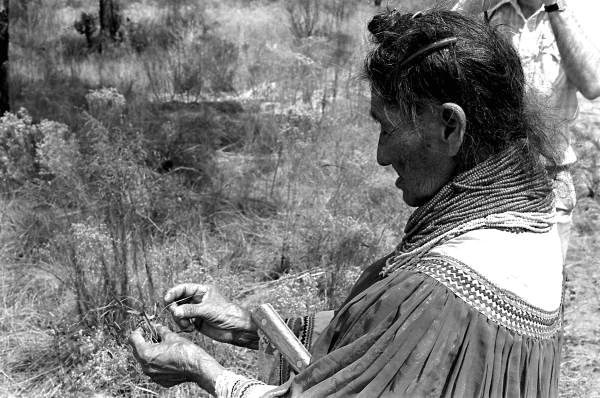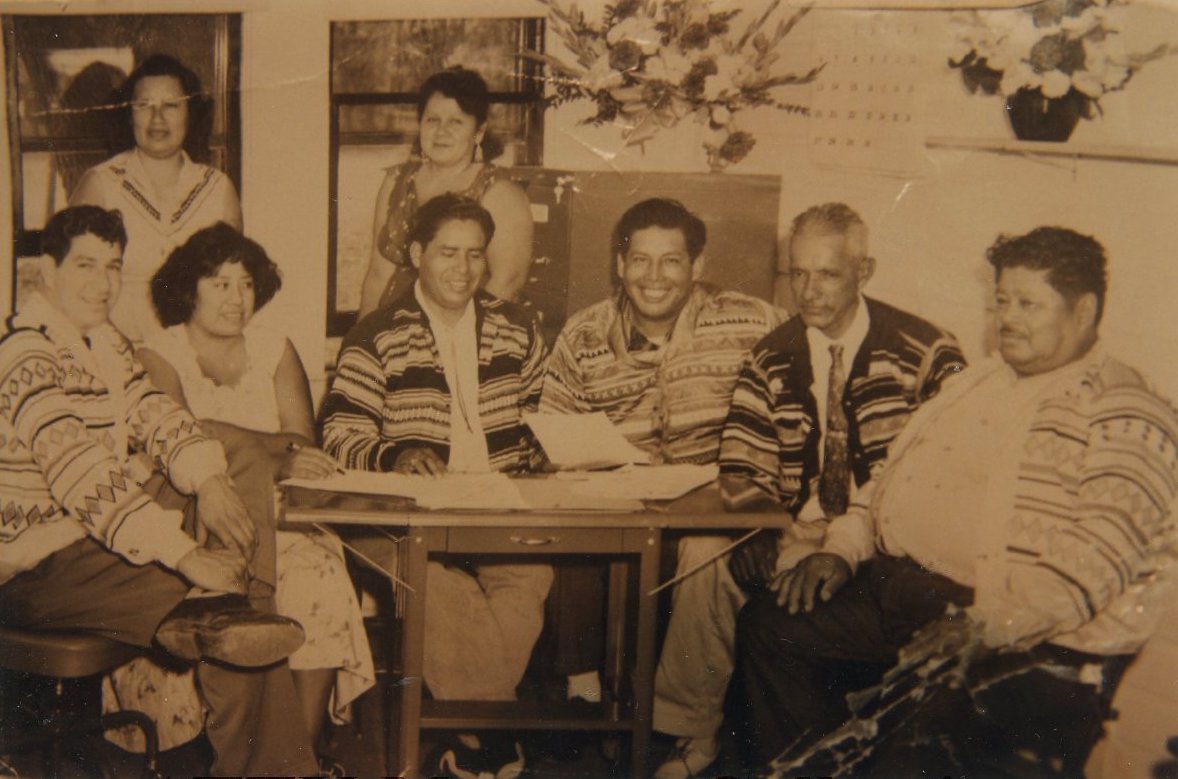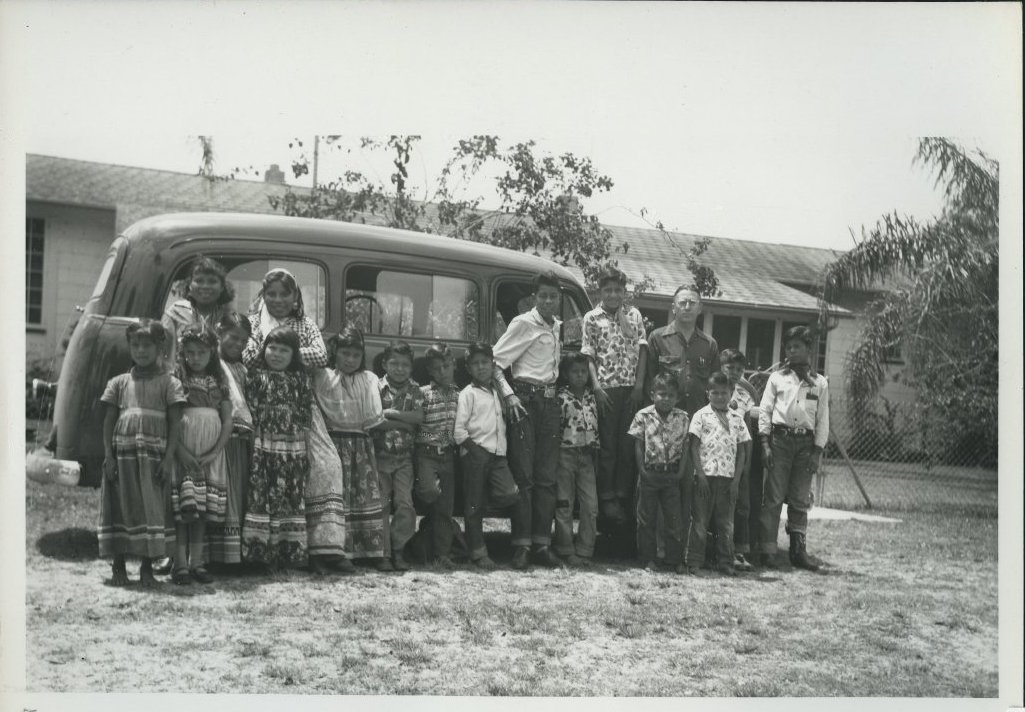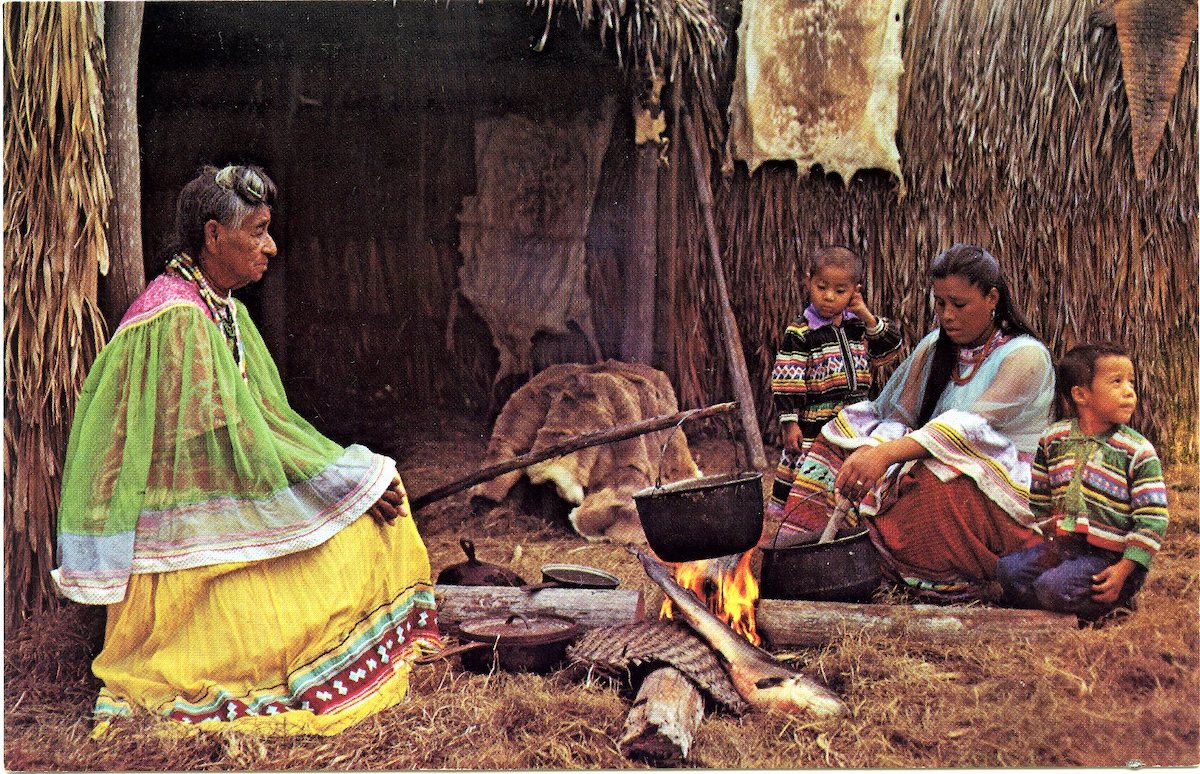Healing Hands: The Remarkable Life of Susie Billie
This week, we share Seminole medicine woman Susie Jim Billie's life and dedication to preserving traditional medicine and Seminole healing.
Laura Mae Osceola: Powerful Voice of the Seminole People
Welcome back to Women’s History Month! Today, we are continuing our journey spotlighting strong, resilient, and impactful Seminole women through history. In this installment of our series, we journey back to the 1950s when the Seminole Tribe of Florida achieved federal recognition.At just 21, Laura Mae Osceola emerged as the interpreter and spokesperson for the Seminoles, addressing Congress during a time when many Seminoles did not widely speak English. Osceola was fluent and well-spoken in English, Mikasuki, and Creek. Her linguistic prowess paved the way for her historic role as the first Secretary of the Seminole Tribe of Florida, solidifying her as an influential advocate. We will delve into her life and impact, as she navigated the complexities of federal recognition, government dynamics, and adapted to a new world. In our featured image, the first Tribal Council of the Seminole Tribe of Florida sits together. Seated from left to right: Howard Tiger,
Teaching from the Heart: Love and Language with Lorene Bowers Gopher
Happy Friday! Throughout March, Florida Seminole Tourism is spotlighting significant Seminole women every week on our blog. In the latest installment of our Women’s History Month series, make sure to grab your backpack and sharpen your pencils! This week, join us to learn more about the incredible Seminole teacher Lorene Bowers Gopher. During her long career, Gopher dedicated her time to education, the preservation of Seminole Culture, and the preservation of the Florida Creek language. In addition, Gopher would become Brighton’s Cultural Program Director. She would develop community programs aimed at preserving Seminole culture, art, foodways, and the Creek language. Today, we will explore Gopher's lasting legacy and witness the enduring impact her passionate teaching had on the education of Seminole children. In our featured image, you can see a group of children lined up at the Brighton Indian Day School, circa 1951-1952. They are (L to R): Josephine Huff, Elaine Johnson,
Faith and Family: The Quiet Legacy of Ada Tiger
Today is the first day of Women’s History Month! Throughout March, Florida Seminole Tourism is spotlighting significant Seminole women every week on our blog. This week, you will learn about a formidable and resilient cattlewoman. She left a lasting imprint on Seminole history, her family, and Seminole cattle. Our celebration kicks off with none other than Ada Tiger (Snake Clan)! In our featured image for this week, you can see a postcard featuring two women and children around a Seminole camp fire. Ada Tiger sits to the left, and Agnes Tiger and her two sons sit to the right. The original image was taken at Okalee Seminole Indian Village in the 1950s or 60s. Each day, the camp was artificially set up to share traditional Seminole camp life with tourists. Below, you can see an image of Ada Tiger (left) doing beadwork circa 1961. She sits outside of a chickee with






